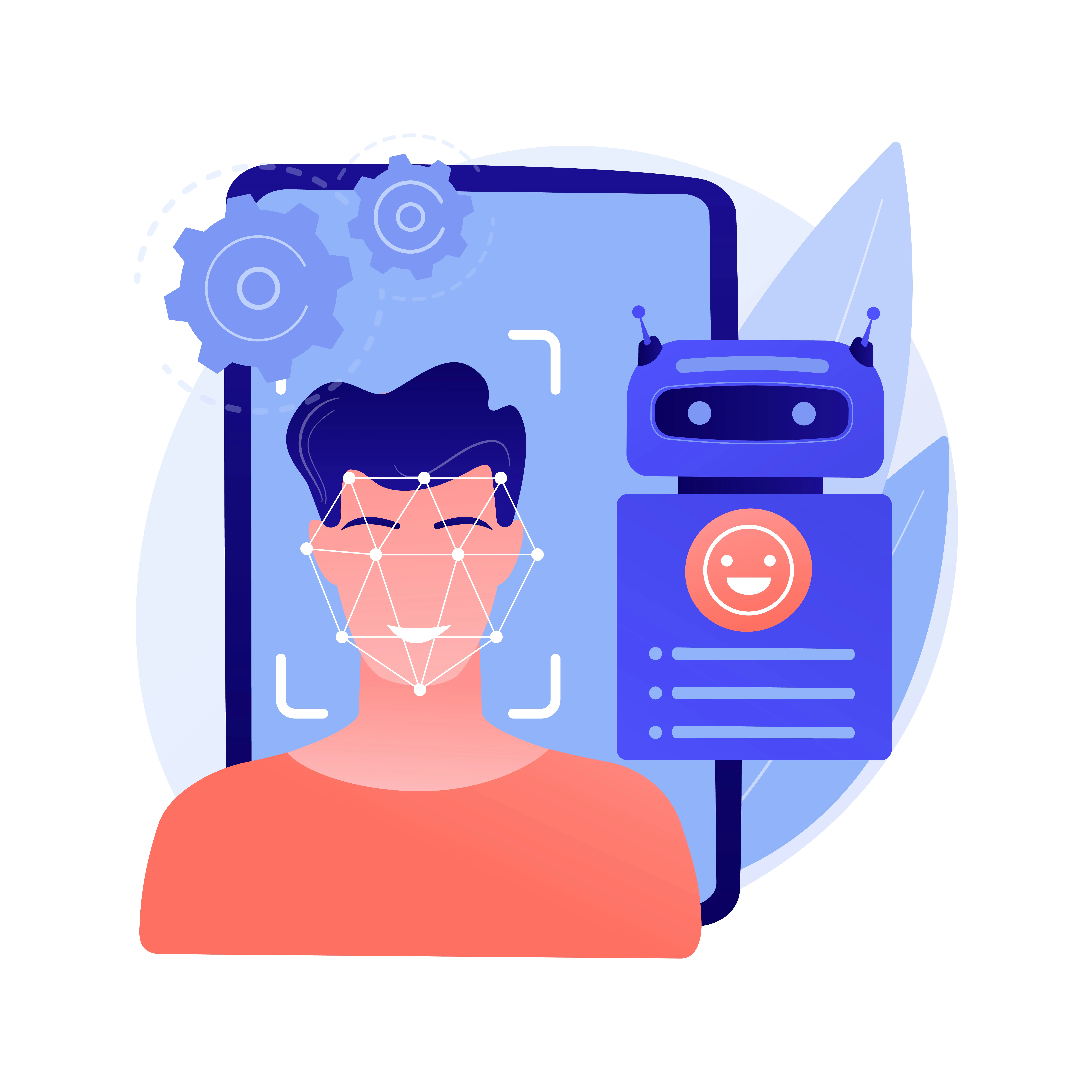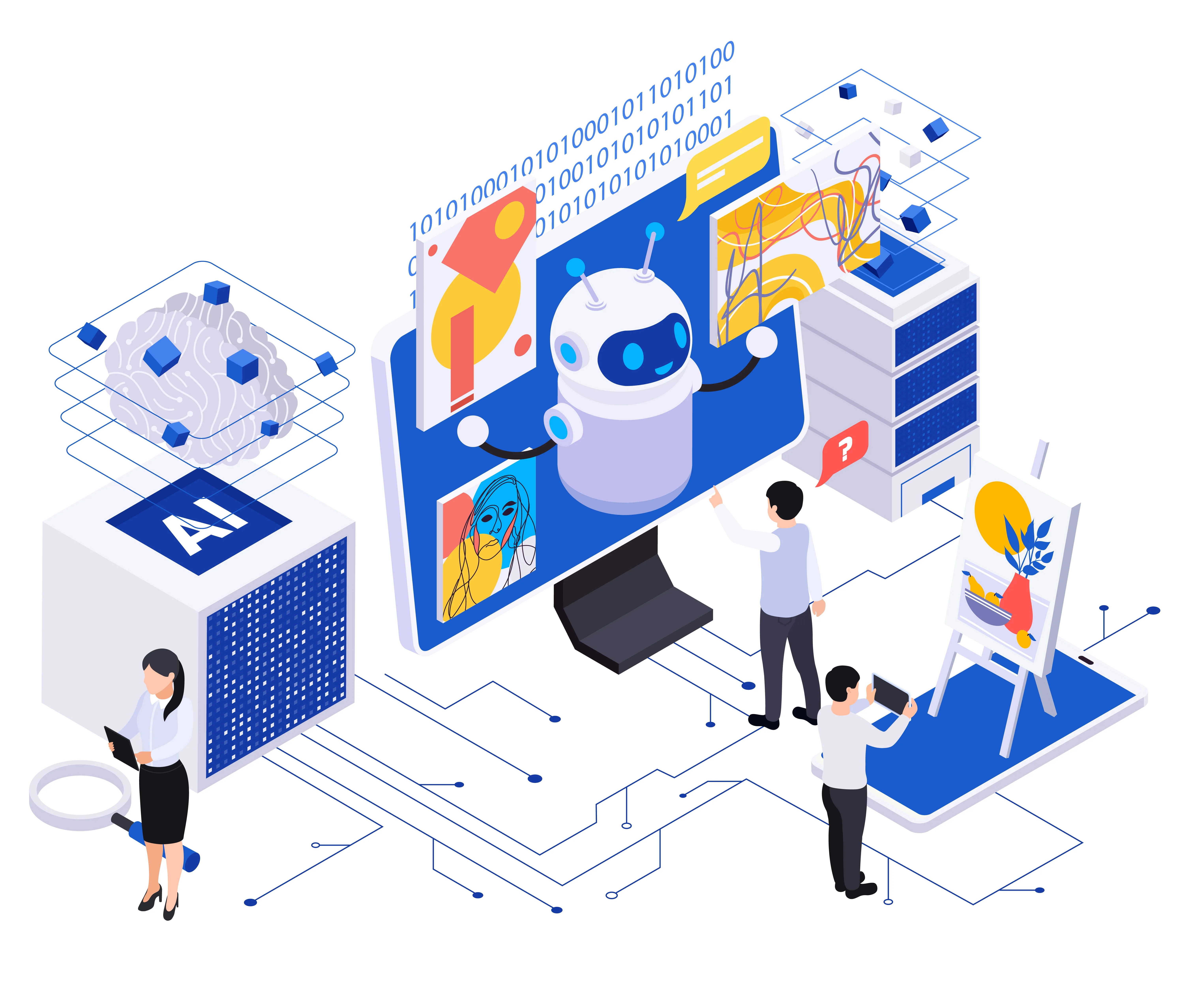The traditional process of sifting through stacks of resumes to find the perfect candidate for a job is time-consuming and often subjective. However, the rise of Artificial Intelligence (AI) has brought about a significant transformation in the recruitment landscape. AI recruitment systems are revolutionizing the way organizations identify, evaluate, and hire talent.
The Limitations of Traditional Resumes
Traditional resumes have limitations, such as bias and lack of a holistic view of a candidate's abilities. Resumes often emphasize certain experiences or skills while downplaying others.
AI-Powered Resume Parsing
AI recruitment systems use Natural Language Processing (NLP) algorithms to parse resumes, extract key skills and qualifications, and automate the screening process.
Unleashing the Power of Data
AI recruitment systems generate valuable data that can be used to identify patterns and trends correlating with successful hires, helping recruiters make better decisions.
Intelligent Candidate Matching
AI excels at matching candidates with job requirements, considering skills, qualifications, and cultural fit to recommend the most suitable candidates.
Skill Assessments and Predictive Analytics
AI systems enable the integration of skill assessments, and predictive analytics help evaluate a candidate's potential for success in a given role.
Enhanced Efficiency and Scalability
AI systems automate many administrative tasks, improving efficiency and scalability while allowing recruiters to focus on higher-value activities.
Continuous Learning and Improvement
AI systems learn and improve over time, refining their algorithms to make smarter hiring decisions based on accumulated data and feedback.



